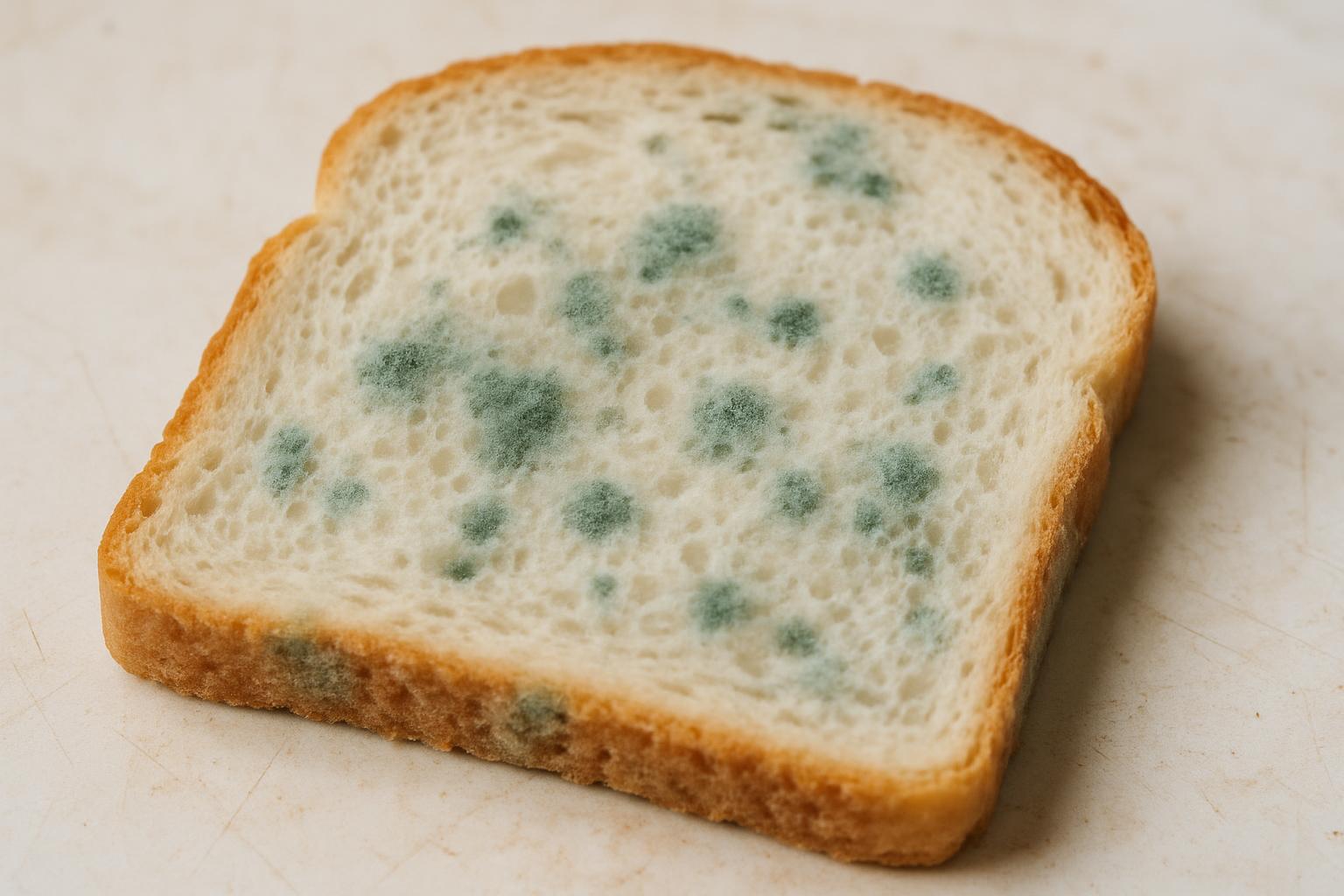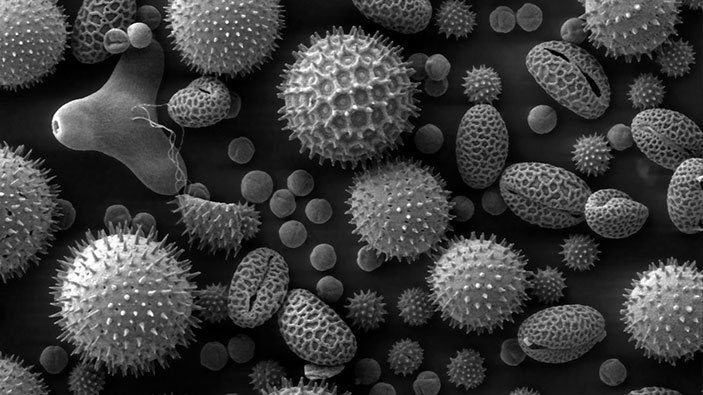Mould is a common household problem that affects countless homes worldwide. Among the many types of mould, black mould often gets the most attention—and for good reason. But is black mould really more dangerous than other types? Or is the focus on black mould a bit of a trap? This guide will provide a straightforward, no-nonsense look at mould, the dangers it poses, and why it’s important to view black mould in context rather than in isolation.
Understanding Mould: What Is It?
Mould is a type of fungus that thrives in moist, warm environments. It reproduces by releasing spores into the air, which can settle and grow on various surfaces, especially where there is excess moisture. Common places for mould growth include bathrooms, kitchens, basements, and around leaks.
Mould can be many colors: green, white, yellow, and yes, black. While the color can sometimes indicate the type of mould, it does not necessarily correlate with the severity of health risks or toxicity.

The Myth of Black Mould
Black mould, scientifically known as Stachybotrys chartarum or Stachybotrys atra, has a notorious reputation. It is often portrayed in the media as a toxic menace that can cause severe health problems including respiratory issues, neurological damage, and even death. This reputation has led many people to panic at the sight of any black-colored mould.
However, the truth is more nuanced.
Is Black Mould More Dangerous Than Other Moulds?
All moulds have the potential to cause health problems, especially for sensitive individuals like children, the elderly, or those with compromised immune systems or pre-existing respiratory conditions such as asthma. Allergic reactions, irritation of the eyes, skin, nose, throat, and lungs are common symptoms associated with mould exposure.
Black mould is often labeled as “toxic mould” because some strains can produce mycotoxins—chemical compounds that are harmful to humans. However, not all black mould strains produce these toxins, and not all exposure leads to toxin inhalation or poisoning.
More importantly, many other mould types—regardless of color—can also cause health problems and produce allergens and irritants.
Why Focusing Only on Black Mould Is a Trap
One significant issue with the black mould narrative is that it shifts focus away from the broader problem: mould growth in general. By zeroing in on black mould, many people overlook other mould types that can cause similar health effects.
Additionally, black mould often indicates a long-term, hidden moisture problem. If black mould is present, it usually means the environment has been damp for a while, creating conditions for mould to flourish. This long-term growth is a sign of a deeper issue, such as a leak, poor ventilation, or condensation problems that need addressing.
In other words, black mould is often a symptom rather than the root problem.
Health Risks of Mould Exposure
Regardless of mould type, exposure to mould can trigger various health problems, including:
- Allergic reactions: sneezing, runny nose, red eyes, skin rash
- Asthma attacks: mould can exacerbate symptoms or trigger attacks in asthmatics
- Respiratory issues: coughing, wheezing, difficulty breathing
- Infections: rare but possible in people with weakened immune systems
- Toxic effects: possible from mycotoxins produced by some mould types, though this is less common than sensational media reports suggest

It’s important to note that individual sensitivity varies widely. While some people may be unaffected by mould exposure, others may experience severe symptoms.
Identifying Mould in Your Home
Mould can appear as patches or spots that are fuzzy or slimy. Colors range widely:
- Black
- Green
- White
- Yellow
- Brown
If you see mould, it’s important to consider the following:
- Size: Small patches can sometimes be cleaned safely; large infestations may require professional removal.
- Location: Mould hidden behind walls, under floors, or in HVAC systems can be more dangerous due to prolonged exposure.
- Moisture source: Identifying and fixing the moisture problem is crucial to prevent recurrence.
How to Handle Mould Problems
1. Address Moisture Issues
The first and most important step is to eliminate the source of moisture. This could mean fixing leaks, improving ventilation, using dehumidifiers, or repairing damaged roofing or plumbing.
2. Clean Up Small Mould Patches
For small mould patches (less than 10 square feet), you can clean the area yourself using detergent and water or commercial mould cleaners. Always wear protective gear like gloves, masks, and goggles.
3. Seek Professional Help for Large or Hidden Mould
If mould covers a large area or is hidden behind walls or under floors, it’s best to hire a certified mould remediation professional. They can safely remove mould and ensure the underlying issues are resolved.
Prevention Tips
- Keep indoor humidity below 50%
- Use exhaust fans in bathrooms and kitchens
- Fix leaks promptly
- Ensure proper drainage around your home
- Use mould-resistant products during renovations
Don’t Get Trapped by the Black Mould Myth
While black mould can be harmful, it is not uniquely dangerous compared to other types of mould. The real issue is mould growth in general, which indicates a moisture problem that must be addressed.
Focusing solely on black mould can distract from the broader picture and delay action against mould problems in your home. Any mould growth should be taken seriously and dealt with promptly to protect your health and home.
Remember: mould is a symptom of moisture. Control moisture, and you control mould.
Stay vigilant, stay informed, and keep your living environment safe and healthy.
If you suspect mould problems in your home, consider consulting a professional for inspection and remediation advice.

